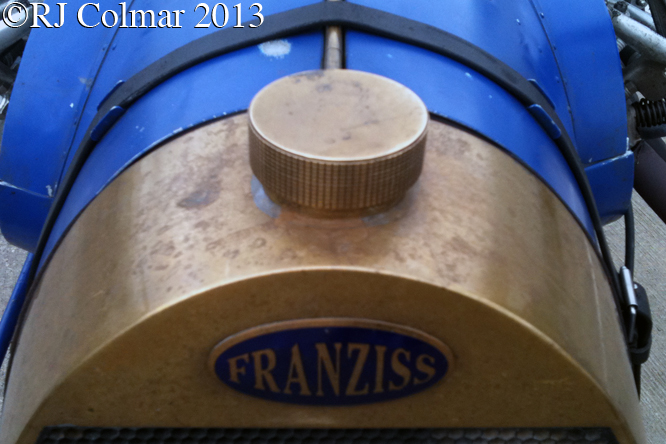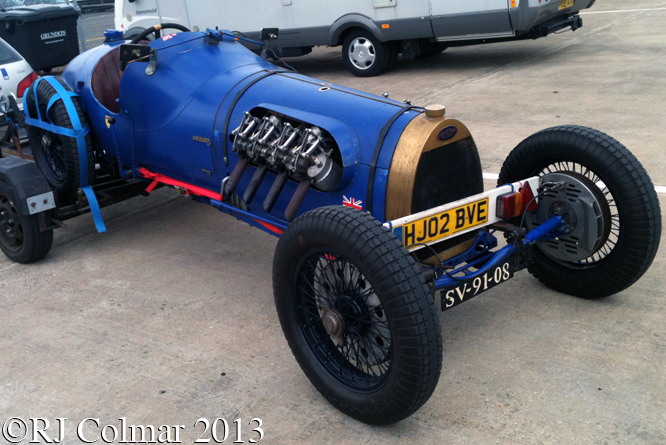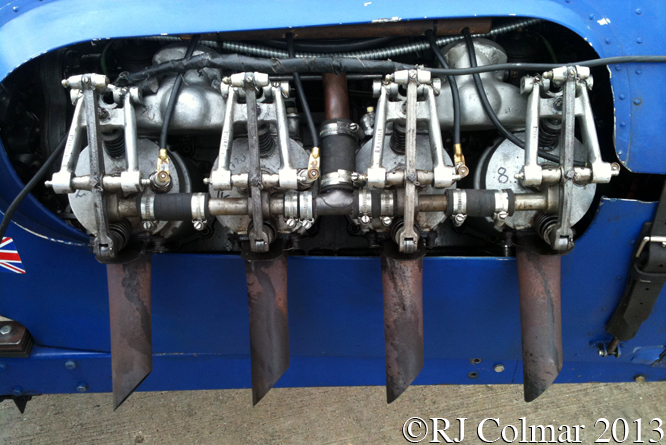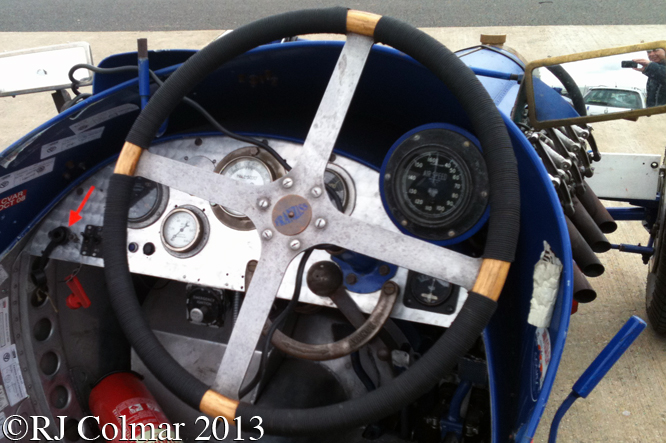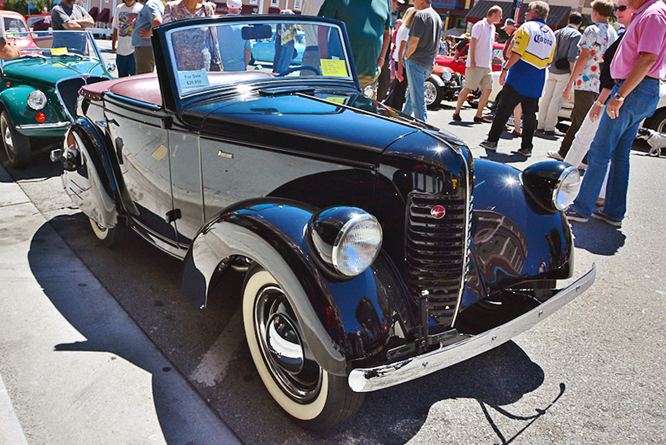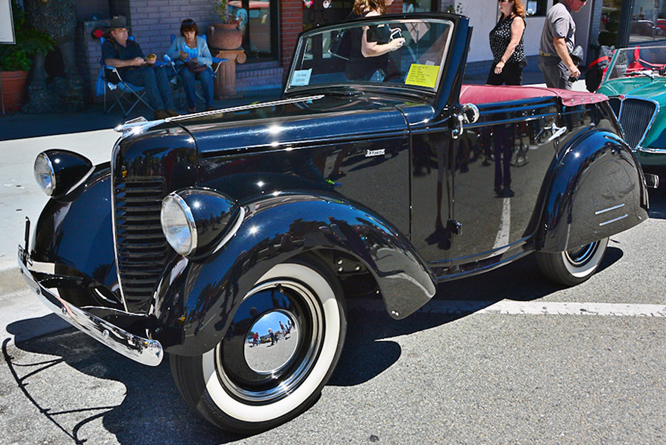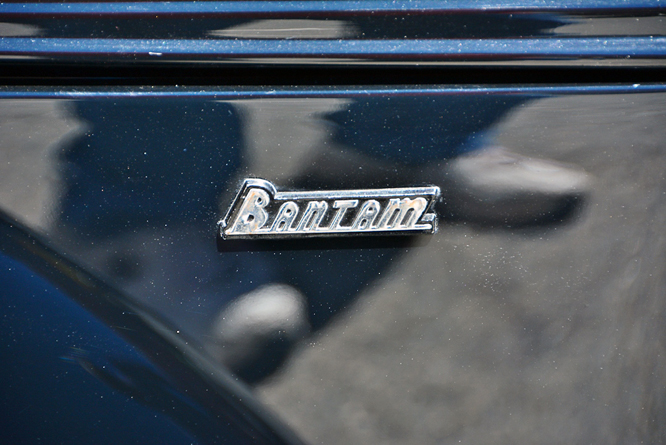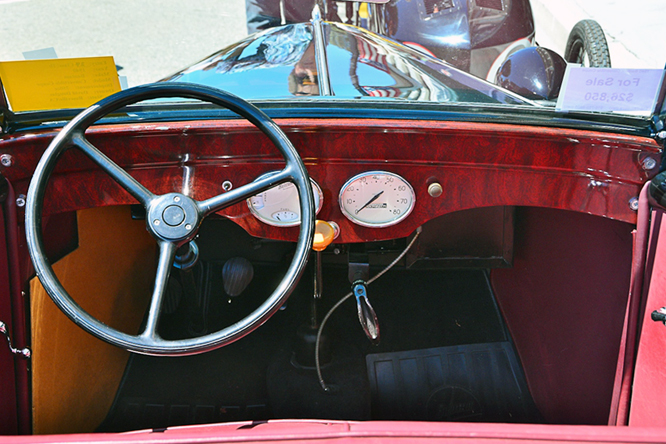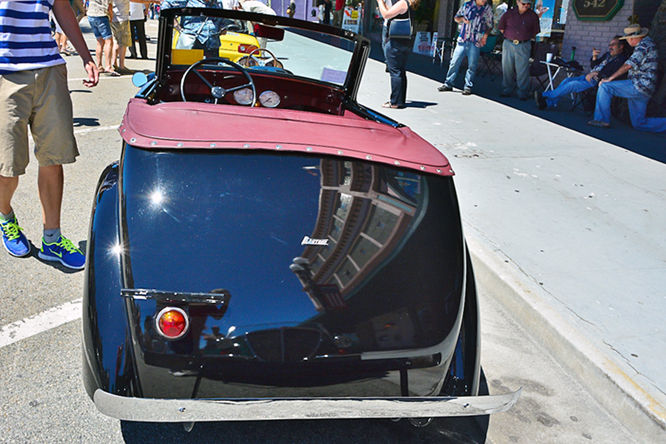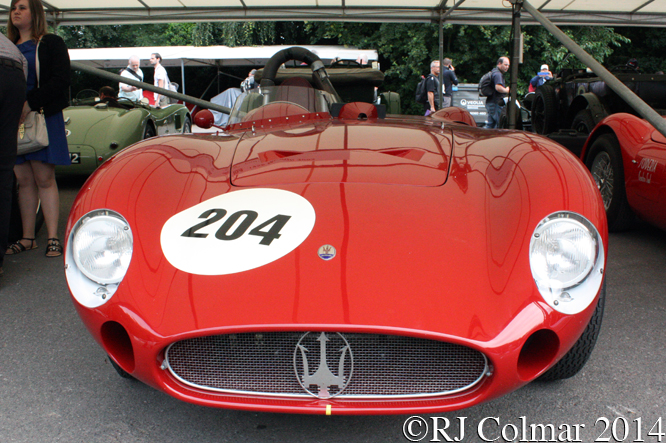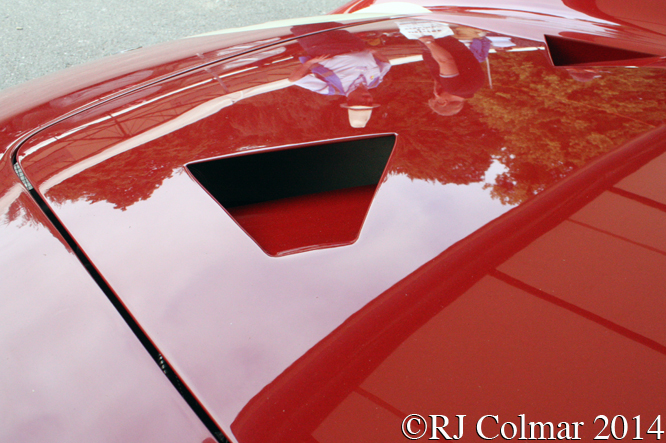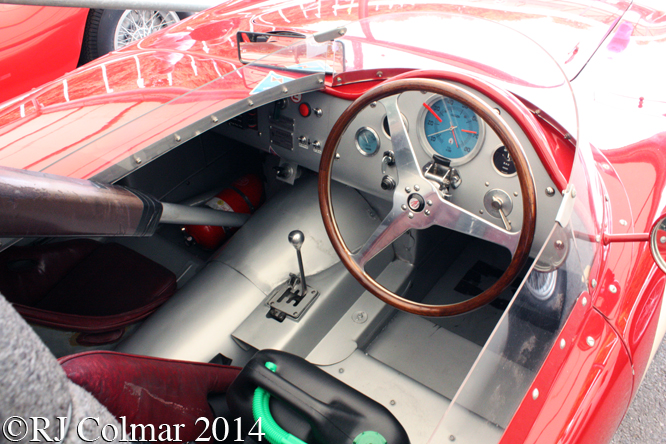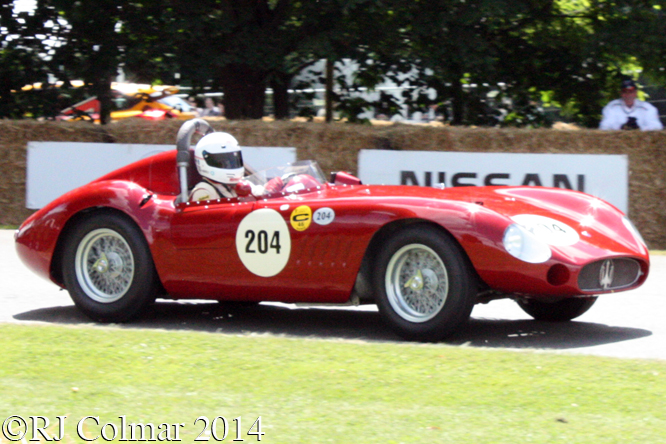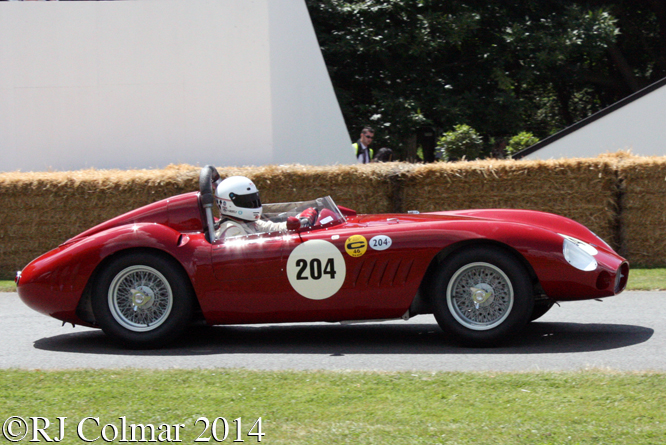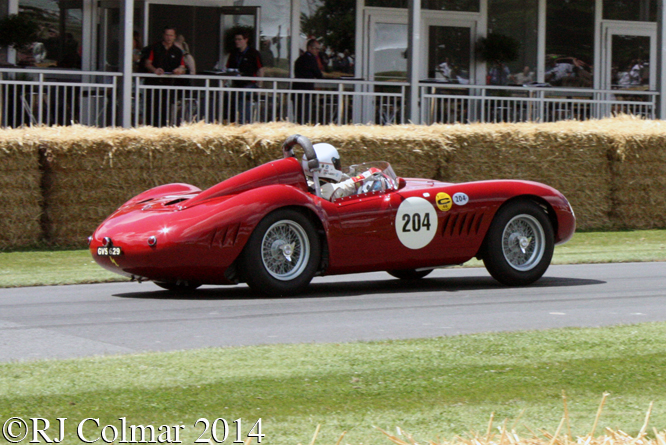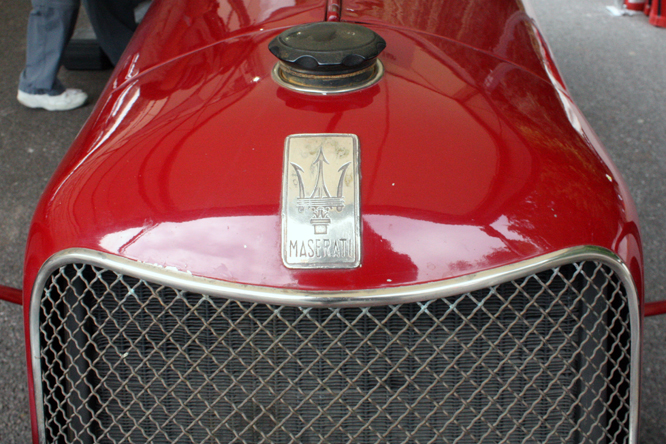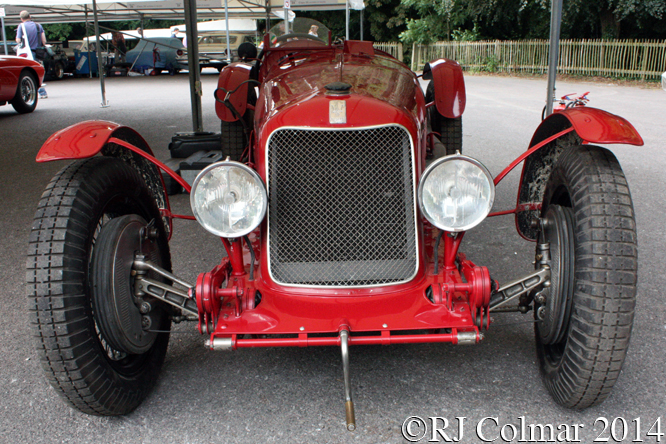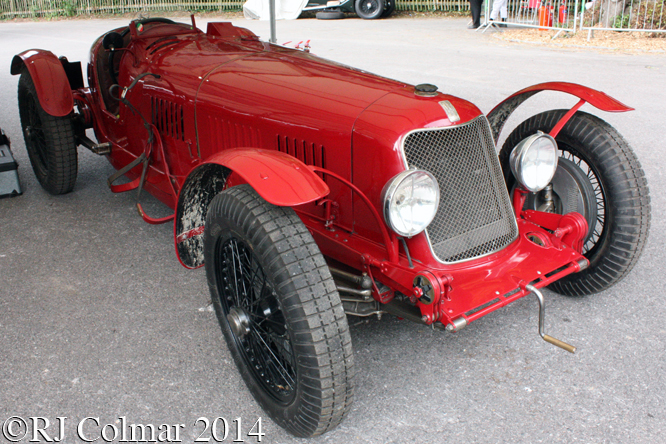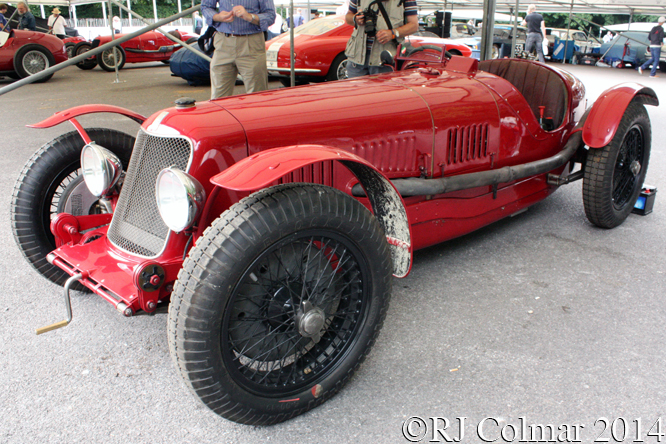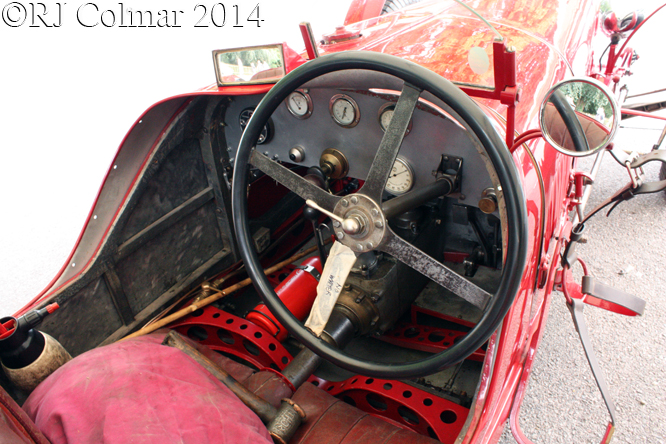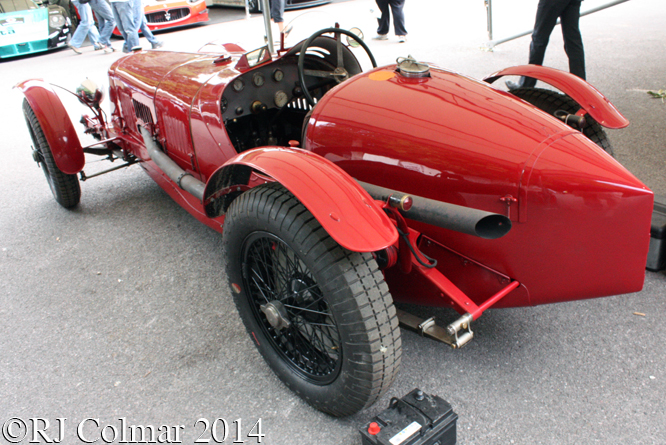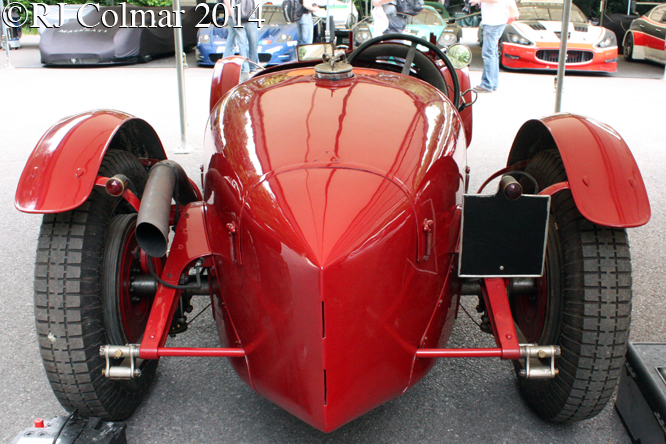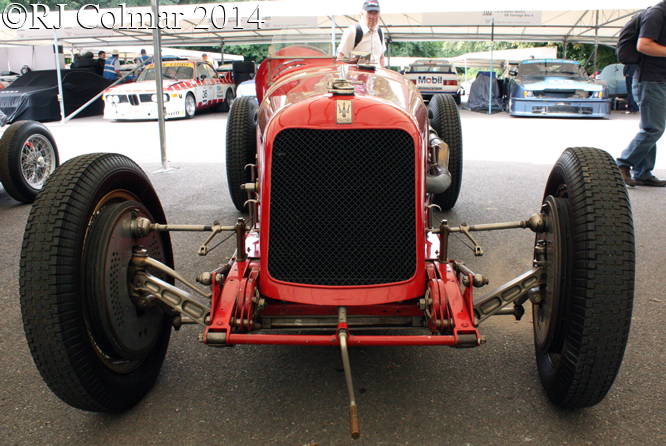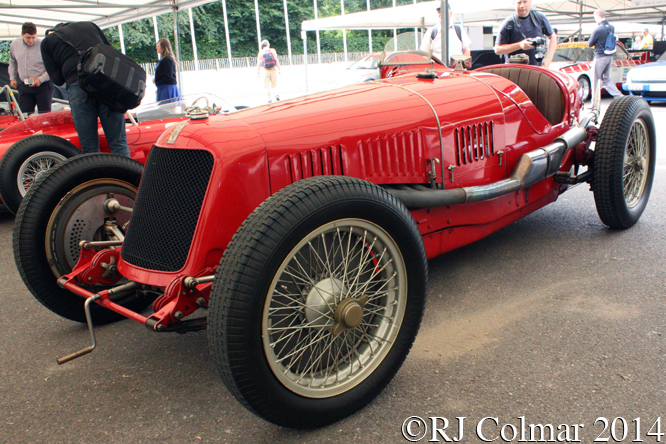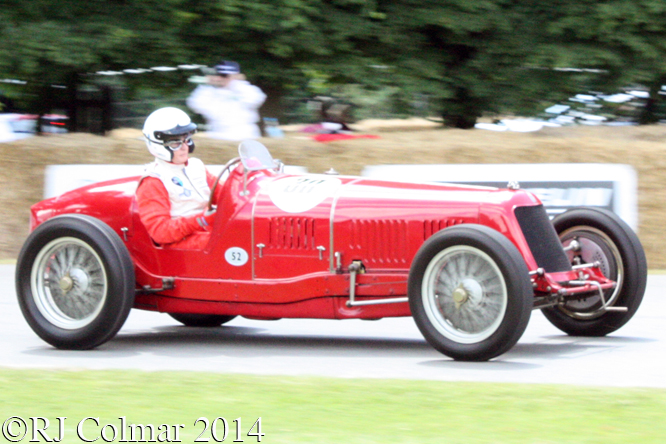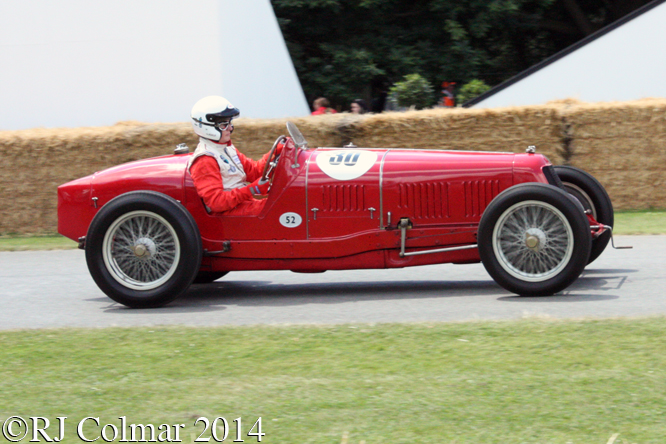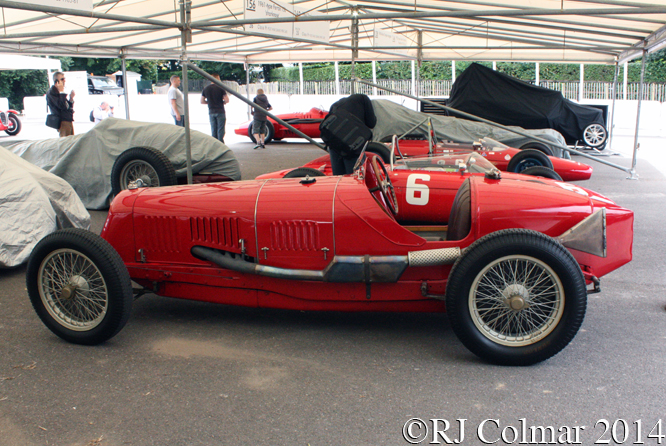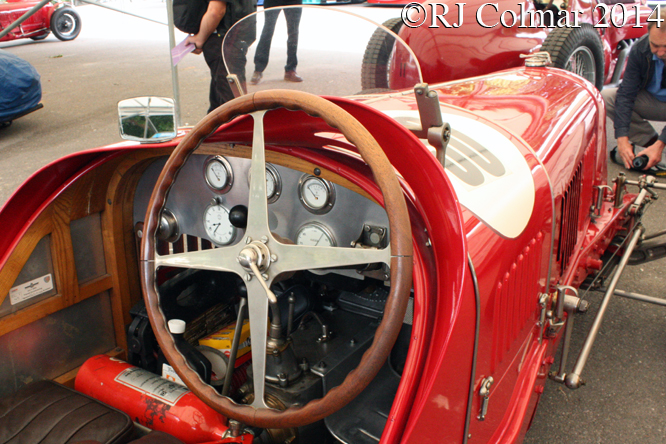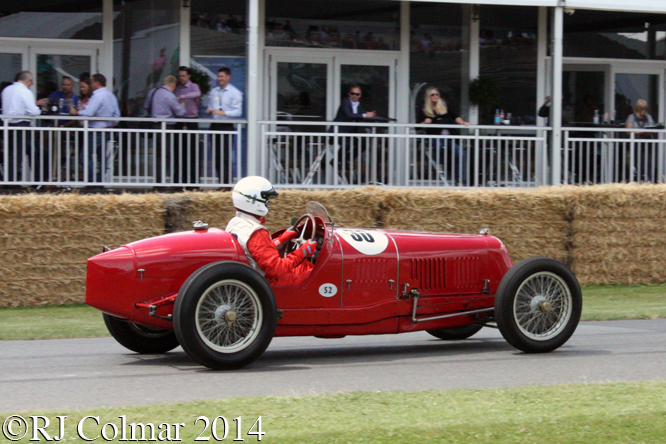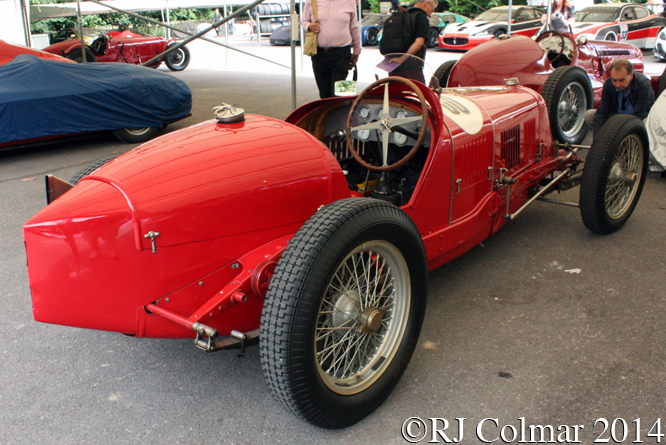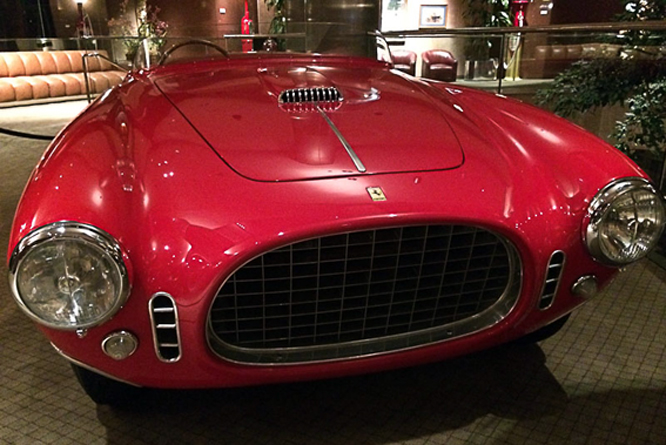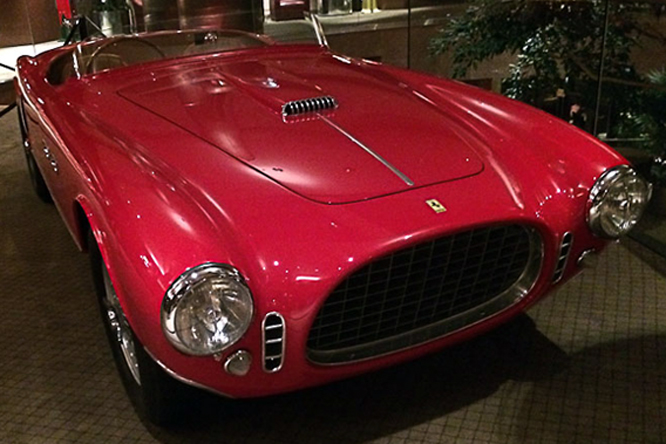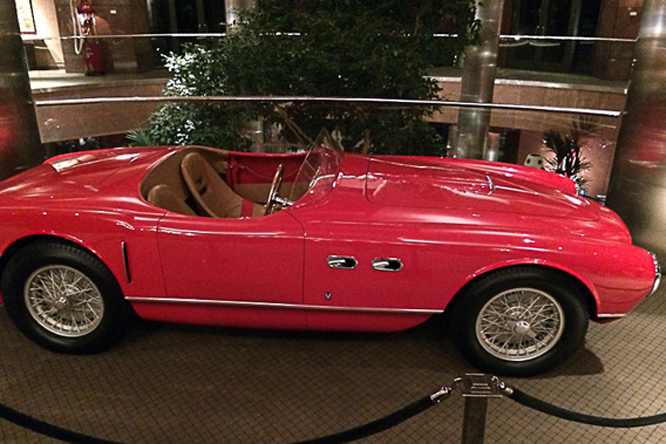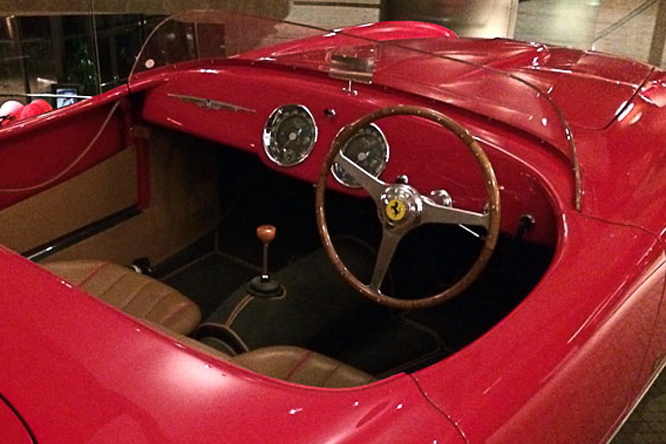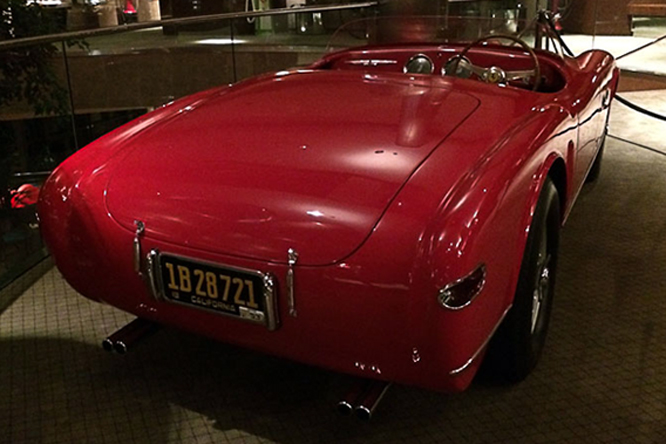After migrating from Switzerland to France and before migrating to North America Louis Chevrolet had a career as a successful racing cyclist and at one stage built and sold his own cycles under the Frontenac brand.
Later he would move into the French motor industry before migrating to the United States in 1902 where he became a successful mechanic and racing driver.
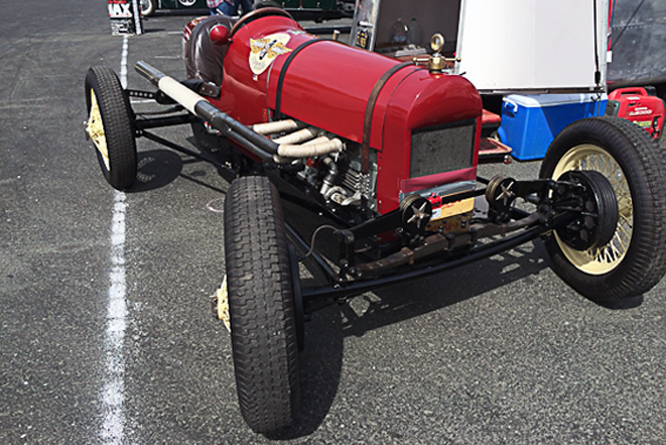
While Louis lead driver for the Buick Racing Team General Motors ousted founder William C Durant founded the Chevrolet Motor Car Company with Louis in 1911.
By 1915 Louis and William had fallen out over William’s plan to offer cheaper products with the Chevrolet brand, William bought Louis out and went on to regain control of General Motors in 1916 before being dethroned by shareholders a second time in 1920.
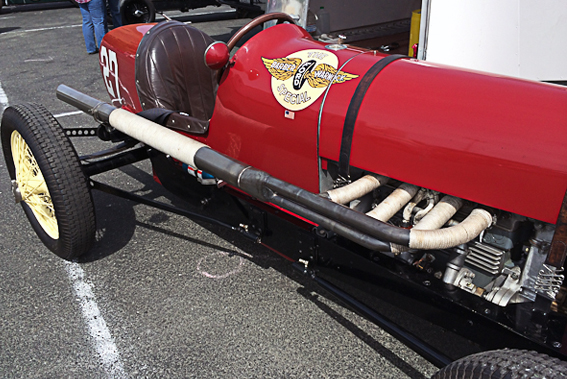
Meanwhile in 1915 Louis raced a Cornelian, the first monocoque raced in the Indy 500, before using the name of the 17th century governor of France’s North American colonies for a second time to found the Frontenac Motors Corporation, specialising in competition vehicles with his brothers in 1916.
Frontenac built the cars that won the 1920 and 1921 Indy 500 races for Gaston Chevrolet, who would die at the wheel of a Frontenac on a West Coast board track in November 1920, and Tommy Milton respectively.
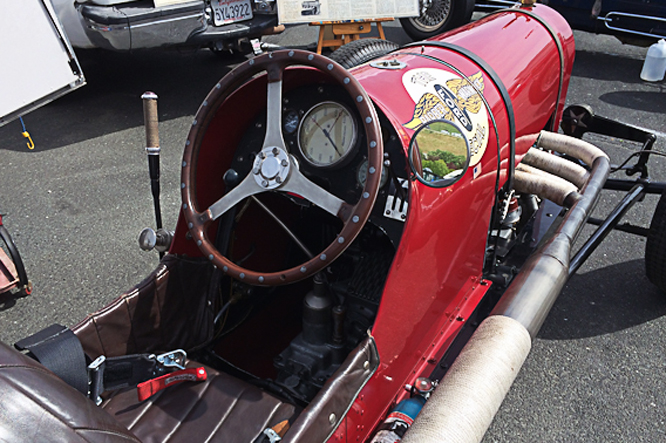
By 1922 no less than nine Frontenacs started the Indy 500, from a field of 27, with Tom Alley finishing a marque best of 9th from a 12th place start.
Also in the 1922 Indy 500 field were two Fronty Fords which used modified Ford Model T chassis and Frontenac modified Ford motors for Jack Curtner and C Glen Howard which finished 14th and 18th respectively.
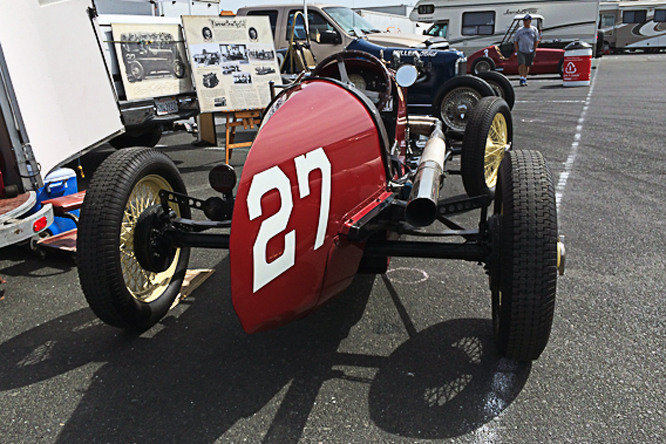
Barber Warnock Ford entered a single Fronty Ford for LL Corum who finished 5th at Indy in 1923.
In 1924 Barber Warnock Ford entered 3 Fronty Fords for Bill Hunt, future Stirling Moss’s father Alfred E Moss and the #27 Fred Halder who finished the Indy 500 in 14th, 16th and 17th places respectively.
Fronty Fords appeared at Indy in 1925, ’30 and ’31 with MC Jones, Chet Miller and Gene Haustein respectively but none of them finished inside the top ten.
My thanks to Geoffrey Horton for sharing today’s photographs of the #27 Ford T Fronty Ford seen at last years Sonoma Historic meeting.
Thanks for joining me on this “Indy Tin Lizzie” edition of “Gettin’ a li’l psycho on tyres” I hope you will join me again for Pick Up Monday tomorrow. Don’t forget to come back now !


